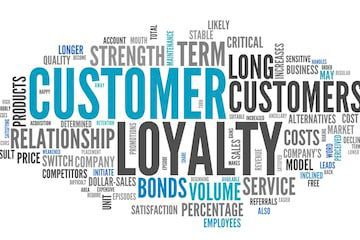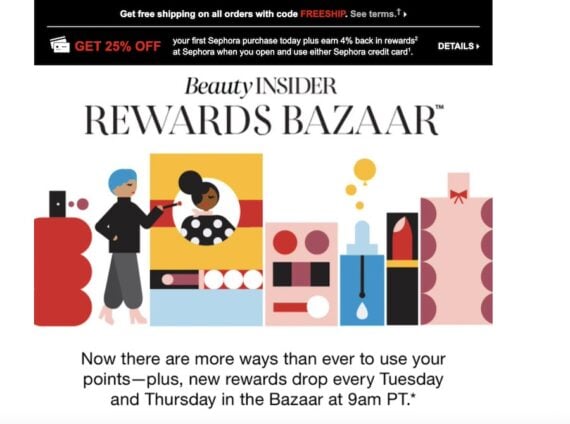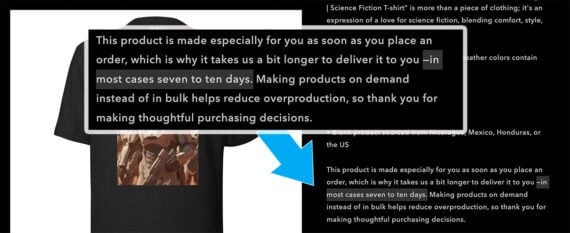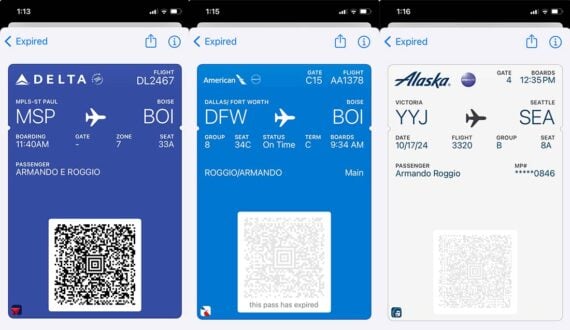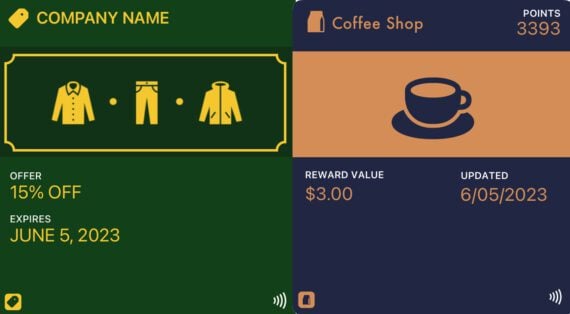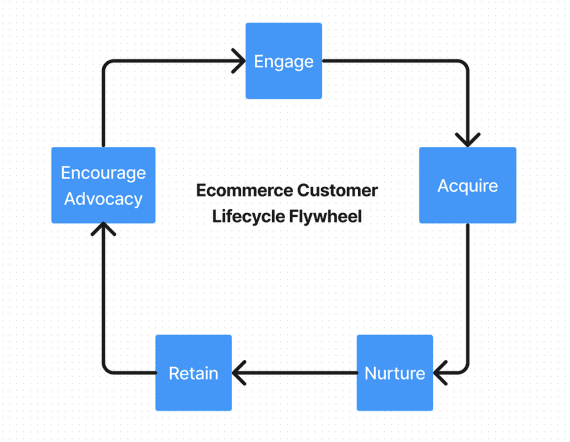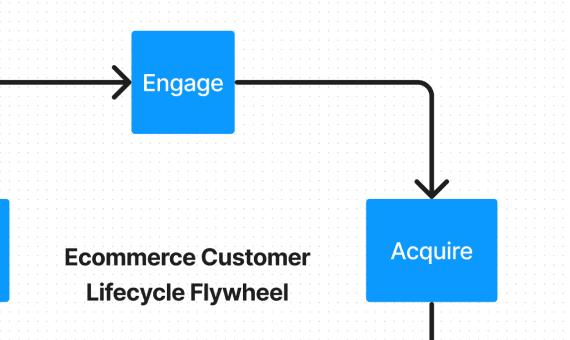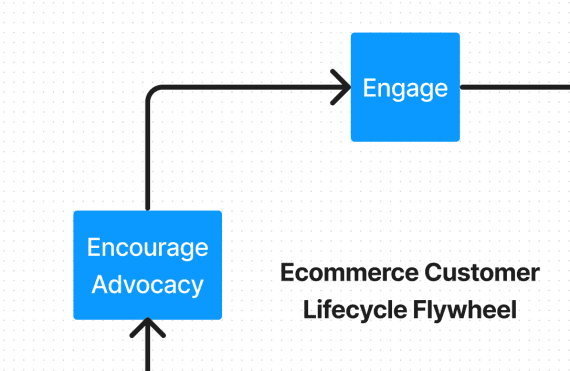Will AI Solve Ecommerce Personalization?
A nascent firm armed with a fresh $12.3 million investment aims to deliver on the promise of ecommerce personalization.
A personalization engine shows the right product to the right shopper at the right time.
In theory, it makes everyone happy. Shoppers see relevant and engaging products. Merchants sell more.
It sounds simple enough. Think of an ecommerce website with products for sale. What item(s) does the site show to a particular user to entice a sale? How does it know what to show?
Data Right Now
This question of “what to show” is how Matteo Ruffini, chief science officer of the Swiss start-up Albatross AI, described the problem his company solves during a February 2025 interview.
Many ecommerce personalization and recommendation solutions rely on historical shopper behavior. The systems look backward over months or years, at purchases and browses, for instance.
The folks at Albatross also use past behavioral data, but they’ve added a real-time, right-now predictive element.
The Albatross product, according to a Forbes contributor, “captures every user action in a session and passes it into [an AI] transformer model that behaves like a language model for intent. The inputs are event triplets — user, action, item — instead of words. The model analyzes not just the action but the sequence of actions and the context that connects them. It updates continuously and responds in milliseconds without retraining.”
Essentially, the company claims to have the first AI infrastructure for training models on sequential, live events.
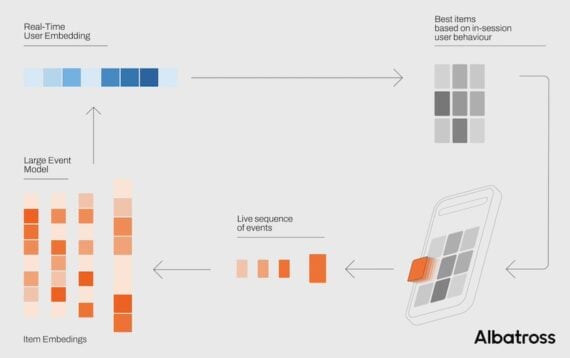
Albatross claims to have the first AI infrastructure for training models on sequential, live events.
3 Challenges
Albatross AI addresses at least three long-standing problems with predictive ecommerce recommendations:
- Long training periods.
- Categorizing new shoppers.
- Cold starts for products.
Training
Personalized and segment-based recommendations depend on machine learning models that need time and data to mature. It can take weeks or months to gather enough data for meaningful recommendations. Moreover, the model must retrain often.
Some recommendation solutions train in cycles, such as daily or weekly, and they require reams of historical shopping activity. The result is recommendations that can lag behind rapidly changing demand signals, seasonal trends, influencer surges, or unpredictable cultural moments (such as the pandemic).
A shopper’s intent can change today, but if not in the next training cycle, the system cannot react.
Emerging platforms such as Albatross explore continuous or incremental learning, reducing reliance on scheduled retraining and moving toward models that reflect active sessions.
New shoppers
A second long-standing challenge is how recommendation systems treat new shoppers. Historically, these systems relied on popularity-driven rankings or generic best-sellers while they waited to gather enough signals to personalize.
Cookie-less personalization or probable identity matching offers only limited relief.
The industry is now shifting toward what could be described as “first-minute personalization,” meaning that intent signals within a single session — scroll depth, dwell time, bounce patterns, micro-hovers, theme switches — become the primary inferences.
The goal is to reduce the number of interactions required to understand a shopper’s interests and intents.
Cold start
The third obstacle is the cold start product problem.
An ecommerce catalog is rarely static. New SKUs arrive every day; marketplaces can add thousands per hour.
Current recommendation algorithms need interaction data before they can confidently suggest an item. Hence new products may remain buried.
Marketers can mark them as new and provide preferential treatment in search and on category pages. But those actions can defeat the purpose of personalized recommendations.
AI approaches are beginning to leverage content embedding, multimodal representation, and sequential modeling to infer probable relevance before engagement data is available. Essentially, AI understands much better which shoppers will like the new product.
Research continues to uncover ways to combine item metadata, textual or image-based descriptions, and user-sequence context so that new items are visible on day one.
AI and Commerce
The three challenges apply to other trends in ecommerce and the ongoing AI transformation.
LLMs such as ChatGPT, Perplexity, and Gemini are attempting to rank products for individuals through agentic commerce. Yet none of these will deliver unless they can interpret shopping intent.
In short, recommendation engines and AI shopping agents are becoming blurred. Product discovery and purchase decisions are merging.

